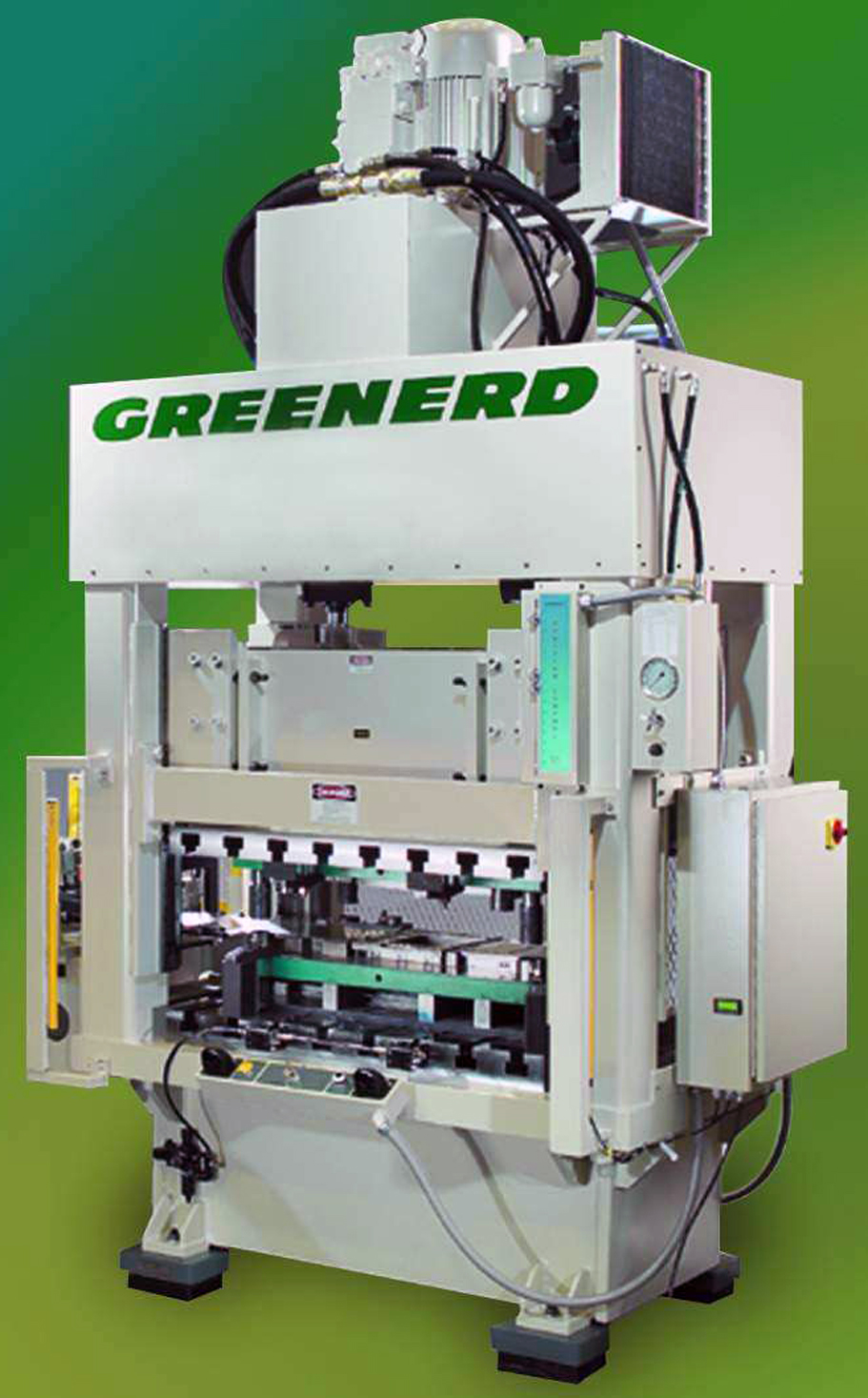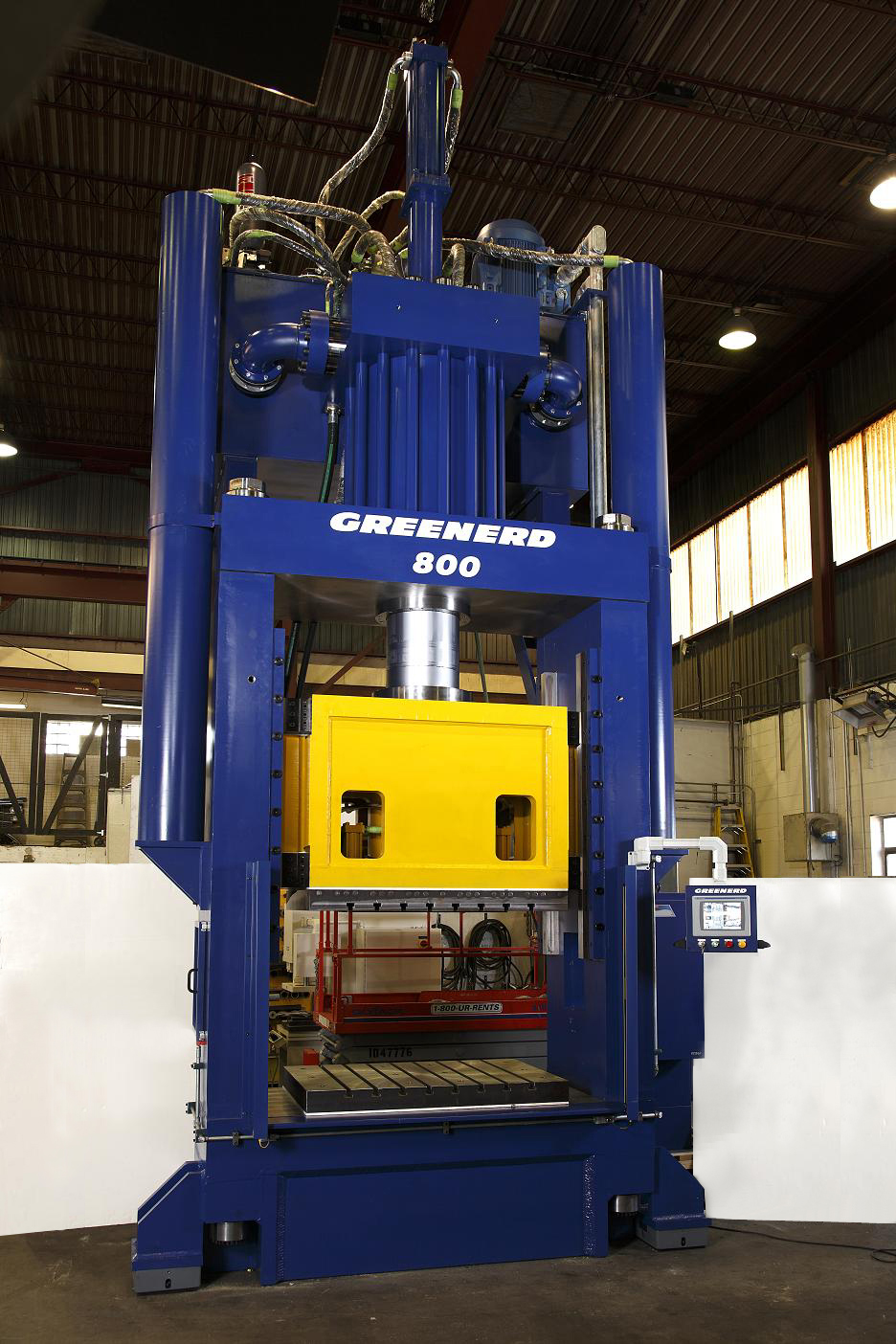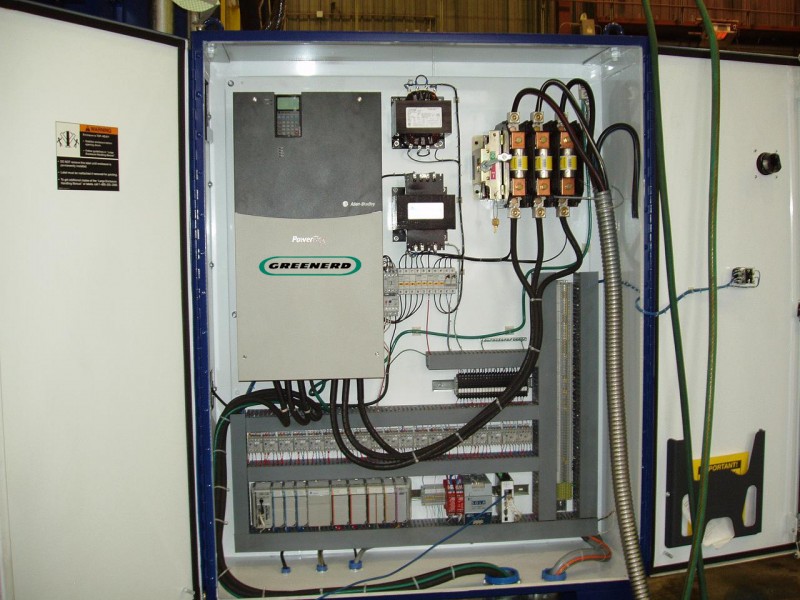VFDs and the Top Ten Reasons to Go Hydraulic
Do you need to become more competitive? Here’s how to carefully assess the jobs you are quoting with your current press processes and discover how hydraulic press technology will improve your productivity and your bottom line as you compete for smaller lots and varied applications.
Posted: March 16, 2012
The metal forming industry is more competitive than ever before. Trying to penetrate a new market using older press technology can be difficult. That means this is the perfect time to evaluate your press production efficiencies, or lack thereof. A thorough examination of your pressworking operation may indicate how hydraulic press technology could be more efficient and more competitive than a mechanical press solution.
For example, hydraulic presses can handle a wide range of applications which can, in turn, broaden your opportunities for more business. And after increasing your business, these presses offer a number of unique manufacturing benefits. Modern hydraulic presses are certainly faster and more reliable than ever before, but perhaps even more important is how the technology has gone through a profound change where improvements in seals, more efficient pumps, and stronger hoses and couplings have virtually eliminated leaks and minimized maintenance. This short list begins a review of the top ten benefits of using hydraulic presses:
1: SAVE TIME DURING SET-UP AND CHANGEOVERS
Hydraulic presses save time during set-up and changeovers. Because the full power of the press can be delivered at any point in the stroke, there is no need to determine the exact location of maximum tonnage. This means hydraulic presses eliminate the very tricky, time-consuming task of setting the stroke that is necessary on a mechanical press. Users of hydraulic presses are often amazed at how quickly they can change dies and get on with a new job during changeovers.
2: FLEXIBILITY FOR A WIDE RANGE OF APPLICATIONS
Hydraulic presses are becoming more common on high volume production lines that were once the domain of the mechanical press. A single hydraulic press can do a wide variety of jobs within its tonnage range, such as deep draws, shell reductions, urethane bulging, forming, blank and pierce, stake, punch, press fits, straightening, and assembly. These presses are also used for powdered metal forming, abrasive wheel forming, bonding, broaching, ball sizing, plastic and rubber compression, and transfer molding.
Programmable logic controllers (PLCs) and other electronically-based controls have improved press speed and flexibility. With new computer interfaces and monitoring, hydraulic presses are now widely used in advanced computer-integrated manufacturing systems. Consider the diverse types of jobs – along with hundreds of other applications – that are now being done on hydraulic presses:
- Electric motor manufacturers assemble motor shafts to rotors, compress laminations, and press cores into housing.
- Automotive manufacturers press tiny shafts into water pumps, assemble shock absorbers, blank and form diaphragms, and stake disc brakes together.
- Jewelers coin Boy Scout pins.
- Frozen fish blocks are shaped for more efficient processing.
- Aerospace companies form tough titanium housings.
- Tuba bells and cymbals are shaped in huge forming presses.
- Hardened road grader blades and machine ways are straightened.
- Hollow ware manufacturers blank and draw brass bowls automatically from coiled stock.
- Computer disc shafts are pressed into precision bearings.
3: FULL POWER AT ANY POINT IN THE STROKE
The full power of a hydraulic press can be delivered at any point in the stroke. What are the advantages of this? In drawing operations you have the full power of the press available at the top of the stroke. No need to buy a 200 ton press to get 100 tons throughout the stroke. Other advantages are faster set-ups and no time consuming task of adjusting the stroke nut on the slide to accommodate different dies.














